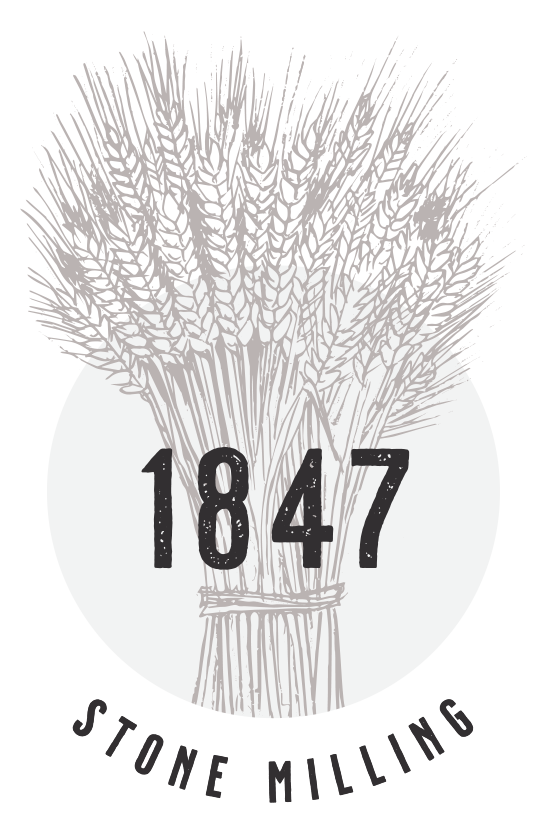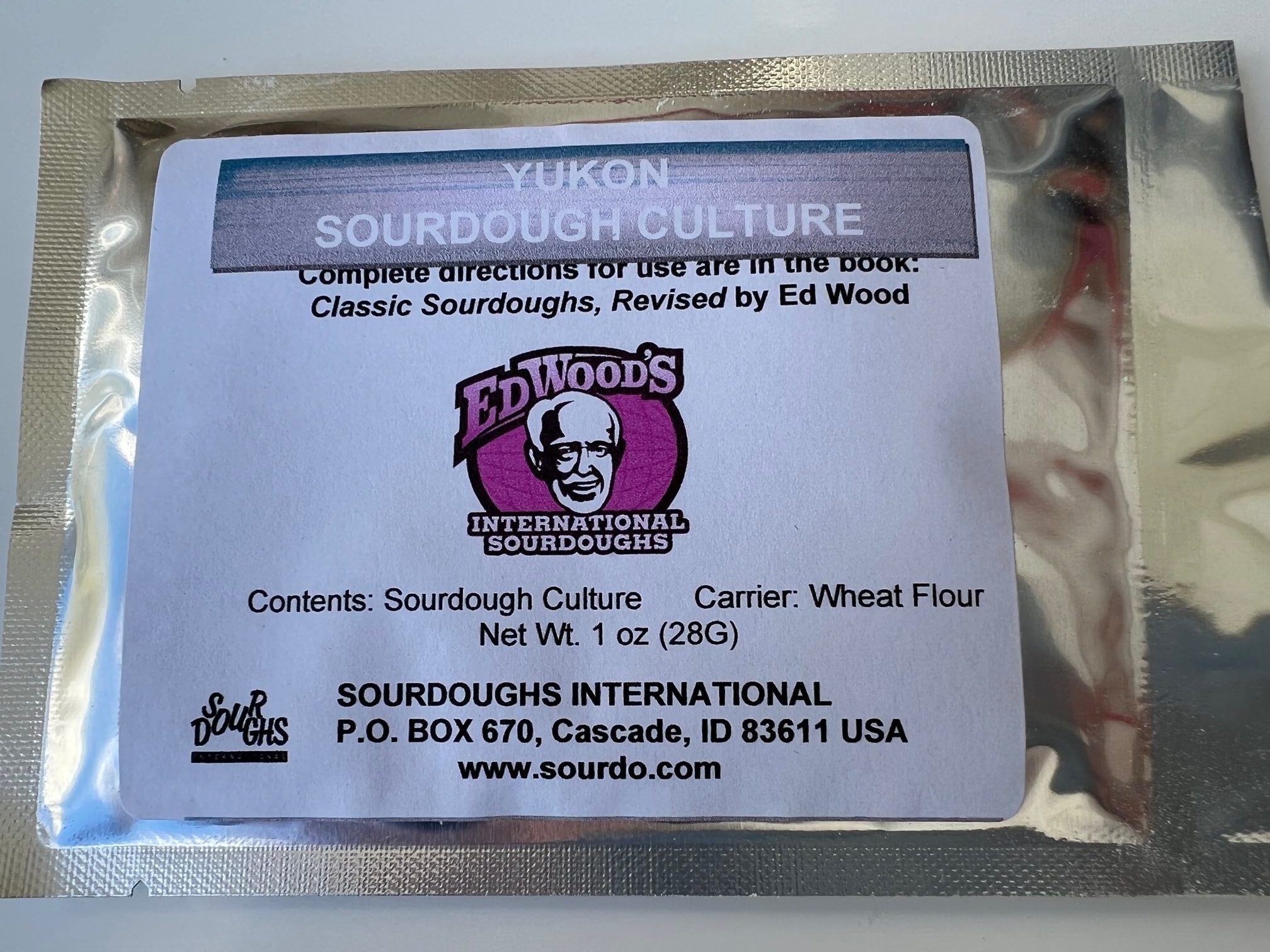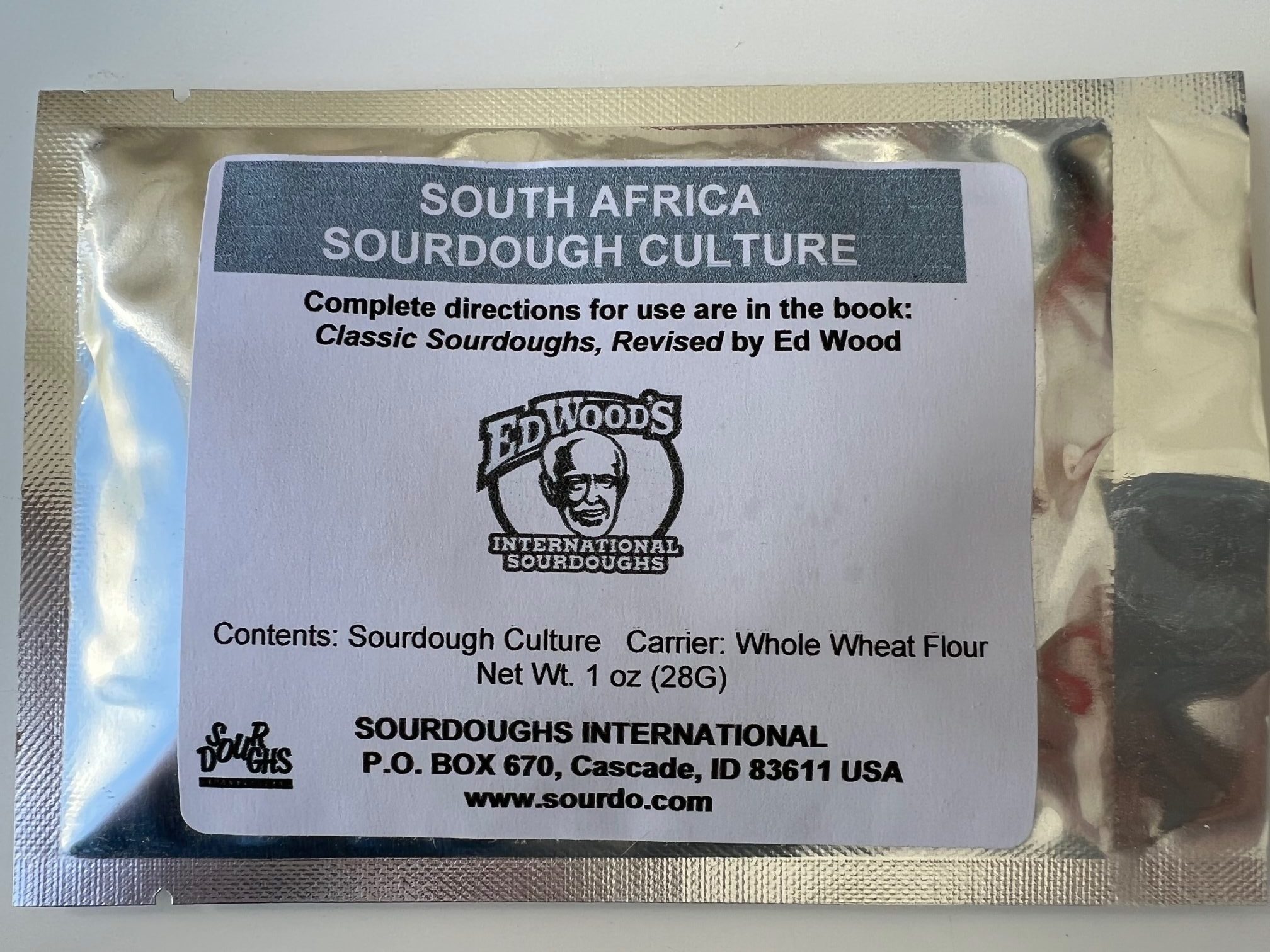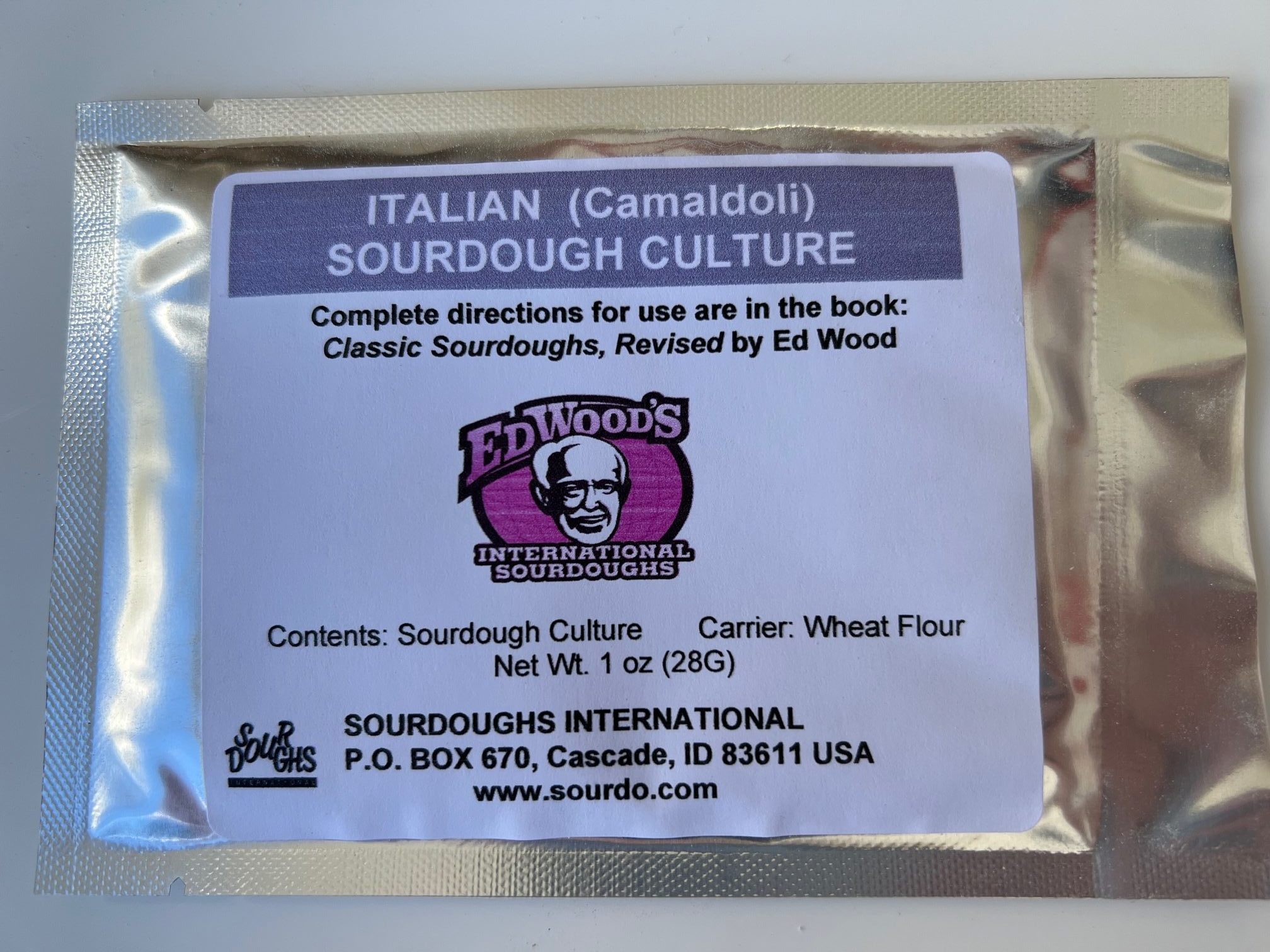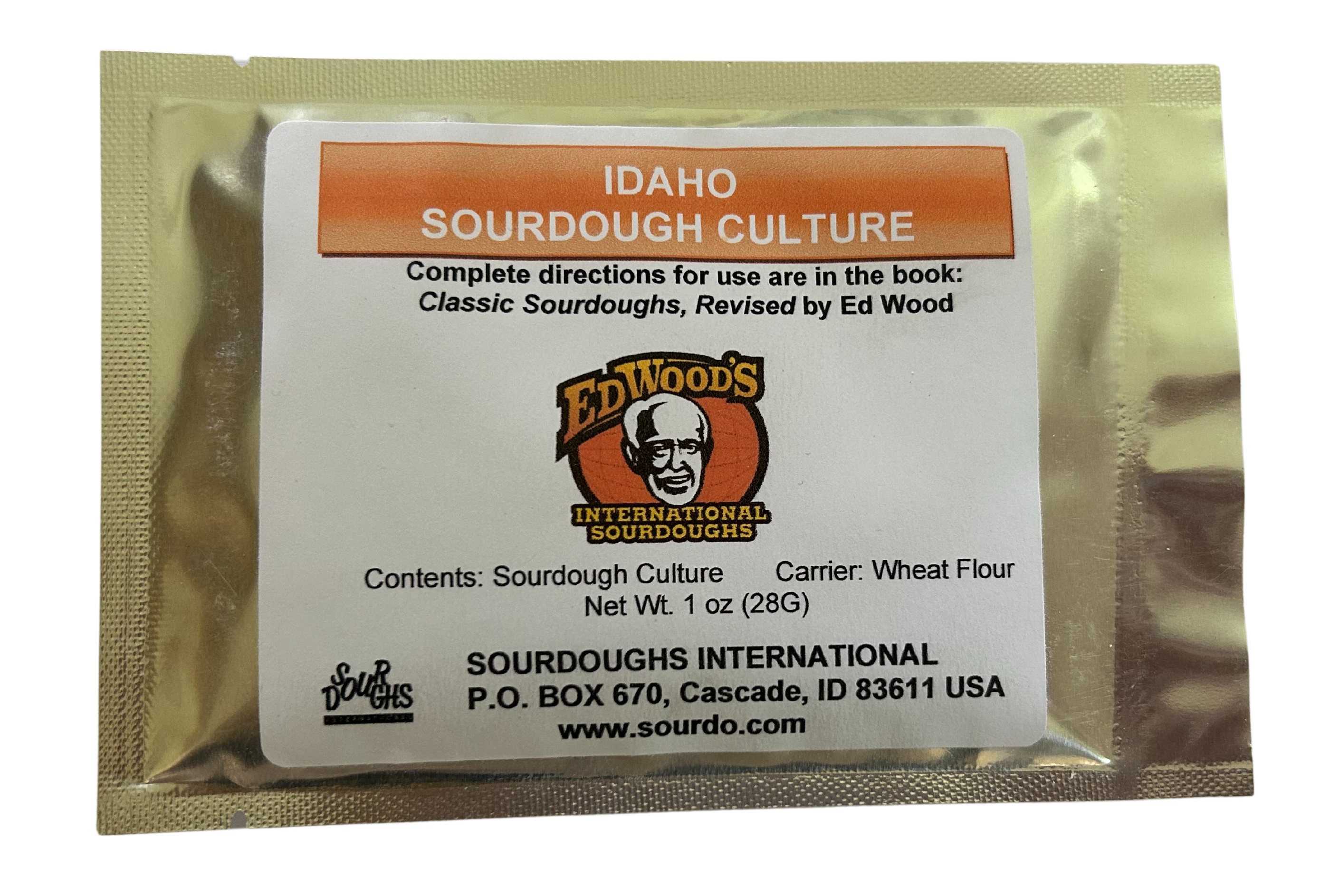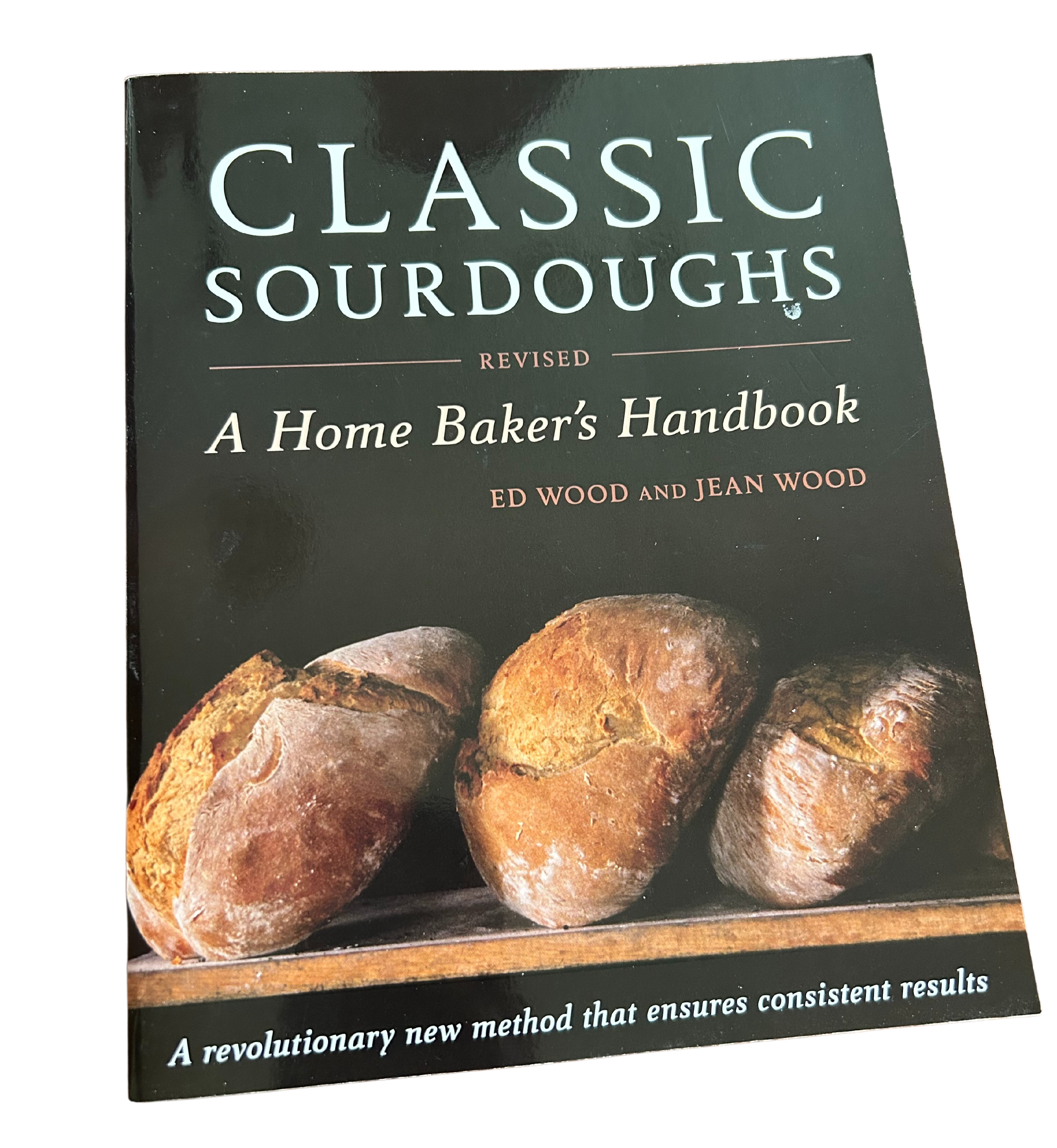Yukon Sourdough Culture
$24.00
When Ed and his wife were in Saudi Arabia when this culture was given to them by a former medical school classmate who was there at the same time. He got it from his physician father, who in turn got it from a Yukon prospector. The wonderful flavour it produced inspired them to search Europe and the Middle East for other sourdoughs while in Saudi Arabia. It was well received in comparison baking tests they conducted there with the other cultures they were acquiring. Each was different, and the unique properties of the Yukon earned it a permanent place in their collection.
In stock
Product Description
Activating Your Dried Sourdough Cultures
E D W O O D
Sourdough cultures from Sourdoughs International are used to bake authentic sourdough. They contain wild yeast for leavening, and bacteria, usually lactobacilli, to create that exquisite sourdough flavor by a fermentation process. These cultures were collected primarily from ethnic bakeries in the Middle East and Europe. They never contain commercial yeast or “flavor products” added to mimic that flavor. With minimal care they will continue to do so for the rest of your life. The wild yeast and lactobacilli in the dried cultures are in a dormant stage and must be activated by feeding flour and water before being used for baking. Activation usually requires 3 to 5 days but it may take less time or slightly more depending on the flour and temperature. Once activation is complete the culture can be used immediately or stored in the refrigerator indefinitely, but nor frozen since some wild yeast do not survive freezing. When fully activated cultures are refrigerated for many weeks or months they again become partially dormant and may require reactivation depending on how long they have been dormant.
Culture Container: A one quart or one liter wide mouth glass jar is recommended for activation and maintenance of cultures. These jars perform an essential function. Each time additional flour is added to a culture, the lactobacilli make it slightly more acidic. Over a period of time repeat feedings in a larger container create excessive acidity which inhibits the wild yeast and leavening. In contrast, smaller jars require discarding part of the activating culture at each feeding or the mixture will overflow the jar. This partially dilutes the acidity which favors the wild yeast. In addition, the glass jar allows the observer to see and evaluate the activity inside the developing culture while a ceramic jar does not. In use the jar lid should not be tightened, but put on loosely.
Activation: Mix well all of the dried culture with 105 grams of flour (¾ cup) and 225 grams of warm water (1 cup). The proof (fermentation) is started at close to 32o C (90o F). This temperature stimulates the lactobacilli to rapidly acidify the culture which prevents contamination by nonsourdough organisms found in almost all flours. At the end of the first 24 hours a few bubbles may appear as the first sign of growth and activity. Subsequent feedings should be140 grams of flour (1 cup) and 170 grams water (¾ cup) at approximately 12 hour intervals with the temperature reduced to around 21o C (70o F) which favors the growth and activity of the wild yeast. Each feeding will require discarding some of the mixture or the jar will overflow. This is an opportunity to start a second jar to serve as a backup if required. Activation is complete when the foam and bubbles of the mixture increase the volume in the small jar by 2 to 3 inches within 2 to 4 hours of the last feeding. Now the culture is ready for baking or it can be refrigerated until needed. During refrigeration a clear light brown liquid (hooch) forms a layer on the surface. This is normal and is stirred back in when the culture is used. Reactivation: As noted above when cultures are refrigerated they become partially dormant. To reactivate they are warmed up to room temperature, fed flour and water and are ready for use as soon as they begin to form a layer of foam and bubbles. If they have been dormant for only 1 to 2 weeks, the process is usually completed in 2-3 hours. If they have been dormant 3-4 weeks, the process may have to be repeated once or twice until activity is obvious.
Ed Wood’s text, Revised Classic Sourdoughs, contains a great deal of additional information for the successful use and management of sourdough cultures.
